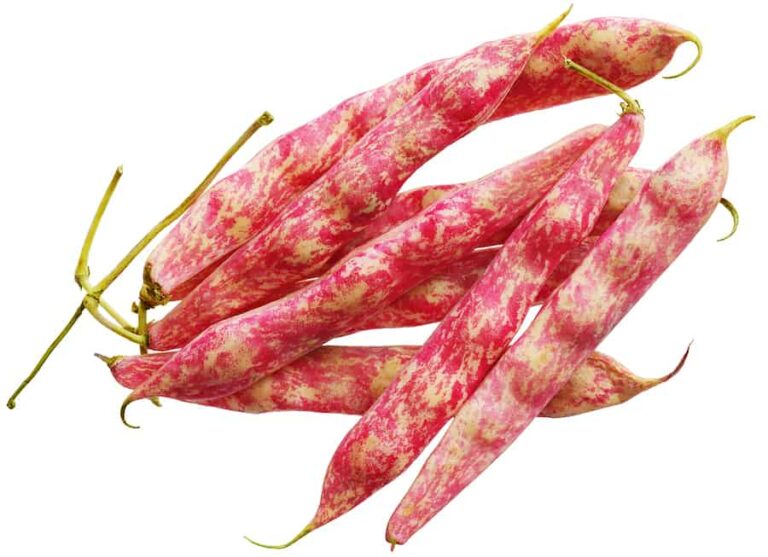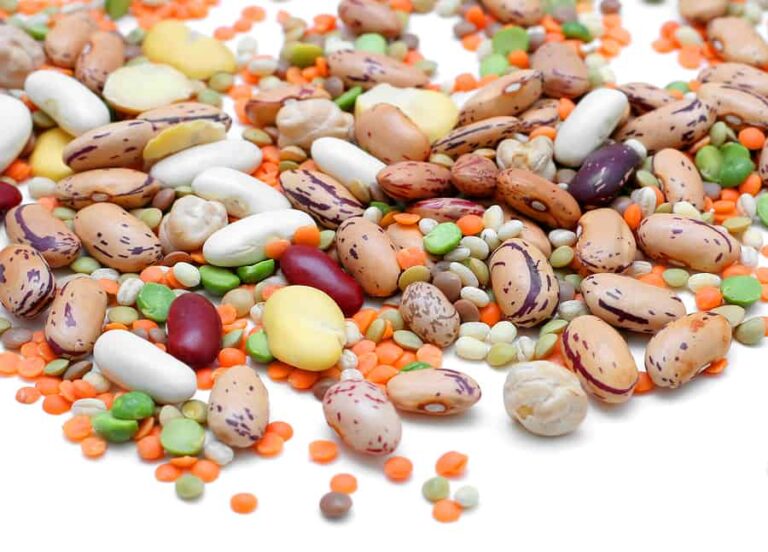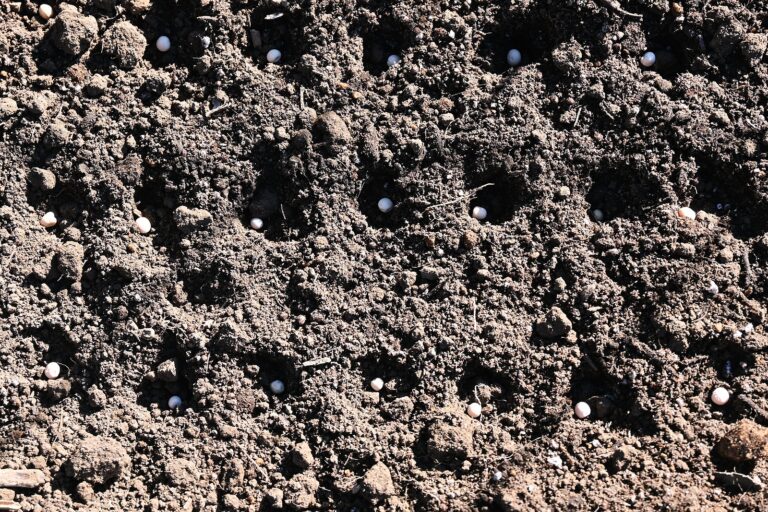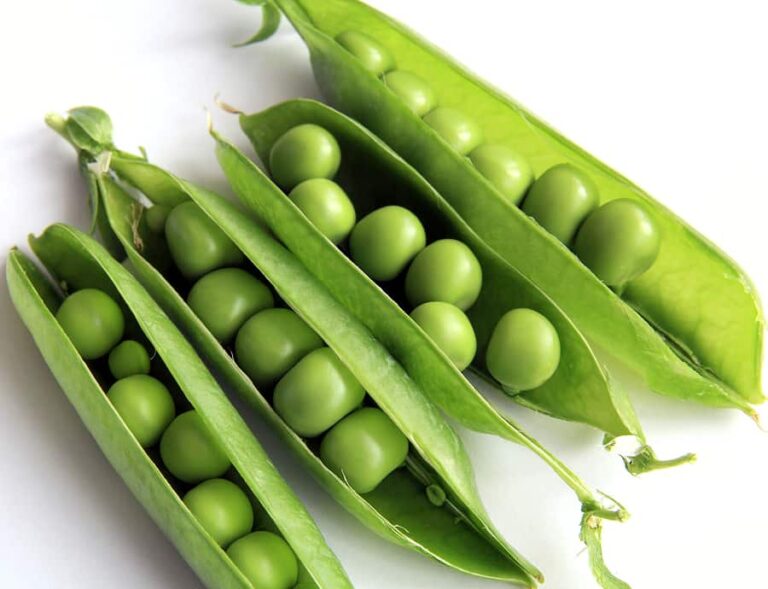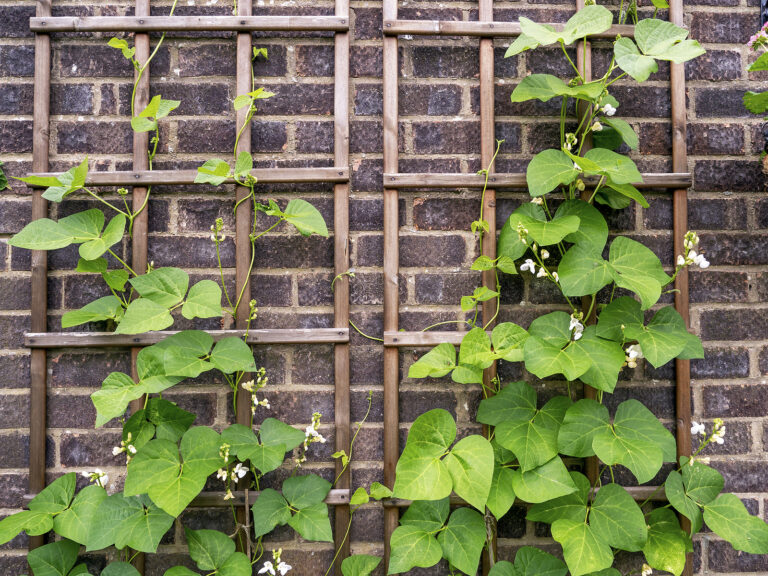Common Fava Bean Pests and Diseases and How to Control Them
Fava beans are generally hardy and resilient, but like all crops, they can attract pests and diseases—especially in cool, damp spring conditions. Early identification and natural control methods will help you keep plants healthy and productive.
Common Fava Bean Pests
1. Aphids
Aphids cluster on tender shoots and undersides of leaves, sucking sap and causing curling or distortion. They can also spread viruses.
Control: Spray plants with a strong jet of water, introduce ladybugs or lacewings, or apply insecticidal soap. Avoid excess nitrogen fertilizer, which encourages soft, aphid-attracting growth.
2. Black Bean Aphid
A specific type of aphid that targets fava beans, forming large black colonies near growing tips.
Control: Pinch off heavily infested tips, encourage beneficial insects, and use neem oil if needed.
3. Cutworms and Armyworms
These caterpillars chew stems and leaves, often cutting down young seedlings.
Control: Use cardboard collars around seedlings, handpick larvae at dusk, and keep the garden weed-free.
4. Leaf Miners
They tunnel through leaves, leaving winding white trails.
Control: Remove affected leaves, encourage parasitic wasps, and cover seedlings with row covers early on.
Common Fava Bean Diseases
1. Chocolate Spot (Botrytis fabae)
A fungal disease causing reddish-brown spots on leaves, stems, and pods. It thrives in humid weather.
Control: Space plants for airflow, avoid overhead watering, and rotate crops yearly. Remove infected debris.
2. Rust
Appears as orange-brown pustules on leaves, reducing photosynthesis and yield.
Control: Water at the soil level, avoid overcrowding, and destroy infected plant material.
3. Root Rot
Caused by overly wet soil or poor drainage. Plants wilt and roots turn brown or mushy.
Control: Improve soil drainage, avoid overwatering, and rotate crops away from bean family plants.
Prevention Tips
- Practice crop rotation—don’t plant fava beans in the same spot for at least 3 years.
- Encourage beneficial insects and maintain healthy soil with compost.
- Keep the garden clean of old plant debris where pests and diseases overwinter.
Healthy, well-spaced plants grown in nutrient-rich, well-drained soil are your best defense against pests and disease. With attentive care, fava beans can grow strong and yield generously throughout the season.
Fava Bean Pests and Diseases Comparison Chart
| Problem | Type | Symptoms | Causes / Conditions | Natural Controls |
|---|---|---|---|---|
| Aphids | Insect pest | Clusters on leaves and stems, curled leaves, sticky residue (honeydew) | Warm, dry conditions; excessive nitrogen | Spray with water, use insecticidal soap, attract ladybugs |
| Black Bean Aphid | Insect pest | Dense black colonies near growing tips, stunted growth | Cool, damp spring weather | Pinch infested tips, encourage beneficial insects, use neem oil |
| Cutworms / Armyworms | Insect pest | Chewed stems, severed seedlings at soil line | Night-feeding larvae in moist soil | Cardboard collars, handpick at dusk, remove weeds |
| Leaf Miners | Insect pest | White winding trails in leaves | Eggs laid inside leaves | Remove infested leaves, use row covers, attract parasitic wasps |
| Chocolate Spot (Botrytis) | Fungal disease | Reddish-brown spots on leaves and pods, poor growth | High humidity, poor airflow | Space plants well, avoid overhead watering, remove infected leaves |
| Rust | Fungal disease | Orange-brown pustules on leaves, reduced vigor | Wet foliage, crowded plants | Water soil not leaves, improve air circulation, destroy infected debris |
| Root Rot | Fungal disease | Wilting plants, brown or mushy roots | Poor drainage, overwatering | Improve drainage, rotate crops, avoid waterlogging |
Fava Bean Learning Hub
Start here: The Ultimate Fava Bean Growing Guide: From Seed to Harvest
Planting & Growing Basics
- Fava Bean Planting Time by Region
- How Deep and How Far Apart to Plant Fava Beans
- Fava Companion Planting Guide
- Growing Fava Beans in Containers
Soil, Water, and Feeding
- Best Soil for Fava Beans and How to Prepare It
- How to Water Fava Beans for Best Growth
- Feeding Fava Beans Naturally: Compost and Nitrogen Fixing
Care & Maintenance
- How to Care for Fava Beans During the Season
- Managing Weeds Around Fava Beans
- Supporting Fava Beans: Do They Need Staking?
Pest & Disease Management
Harvest, Storage & Preservation
- How to Tell When Fava Beans Are Ready to Harvest
- How to Dry Fava Beans for Long-Term Storage
- How to Store and Preserve Fresh Fava Beans
Varieties & Seed Saving
Cooking & Using Fava Beans
Companion & Related Crops

